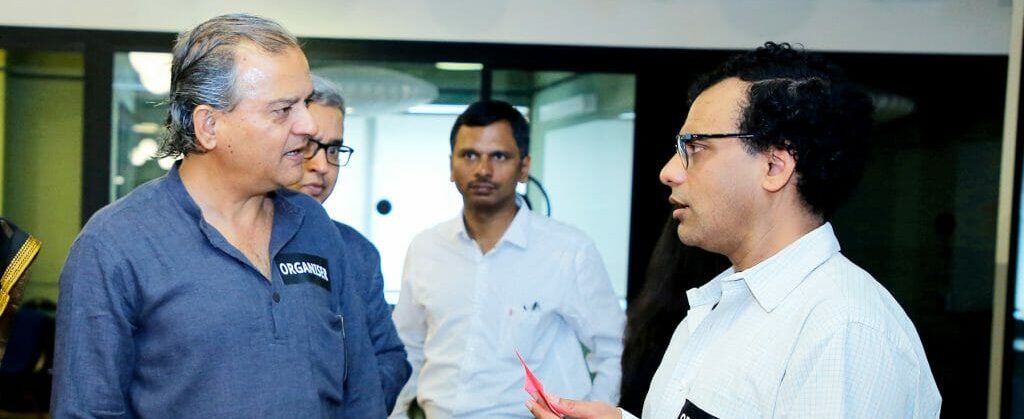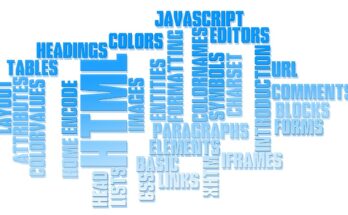WordPress (WordPress.org) is an open source Content Management System. It is powered by plugins and themes for building websites. We can build a blog, profile, e-commerce and other sites.
As the world was shifting into the online business after the invention of WWW, there were various methods with which Website design was made. Generally, it was from HTML (HyperText Markup Language) and to add any colours, it was done using CSS (Cascading Style Sheet). It had some limitations and would not adjust to various monitors. It was only made for Computers and not for any other gadgets, like tablets and mobile.
Websites with the power of Bootstrap joined with the power of JavaScript to create dynamic websites, which was compatible with tablet and mobile. This was a boon to many website developers. There was many options and features and the design of websites grow faster and more colourful. As it was full of programmable, it was very tough job to do.
This gave rise to WordPress, which was released on May 27, 2003 by Matt Mullenweg, and Mike Little which was released under GPLv2 license.
WordPress websites are created in 2 phases, called backend and frontend. Backend is fully programmable and connects the server end to the developers end. Frontend is the design which we make using WordPress dashboard.
To install WordPress, there are few ways:
- We can open an account in wordpress.com and they will take the control of backend and will give us frontend control. We can design our website with no problem of looking after frontend.
- We should download the WordPress software from wordpress.org and then to install a server software from XAMP, WAMP, Local, and others… Install them and configure the name, password and other required details. We should unzip the software which we downloaded from wordpress.org and project the server to the unzipped WordPress. After installing WordPress, we will come to the dashboard.
- If we want to install WordPress using any service provider like GoDaddy or SiteGround and others, after installing WordPress, it will give an option called cPanel, which includes both backend and frontend. This is useful for Web Developers with thorough knowledge of webdesign.
WordPress dashboard consists of 3 parts, the left side is the control panel which is customizable while designing our websites. The right side of the panel is the mix of many windows, where we can see glance of our website, events and news, overview of our site, and others… The third part is the screen options in the top of the dashboard, where there are also some controls.
WordPress is powered by themes, which is the overall design and gives many options to work. We can just update the content in the theme and modify the design using plugins, which give us extra options while designing our website. Plugins can be installed using WordPress repository or even many private sites which give support to WordPress websites. Widgets are the options which vary according to the theme, which we install to design our WordPress websites.
For other details visit – https://en.wikipedia.org/wiki/WordPress




